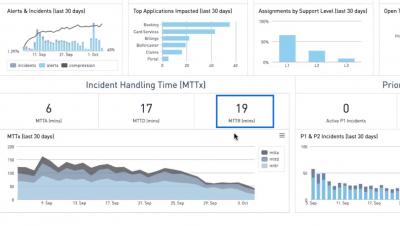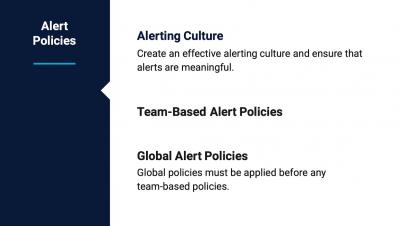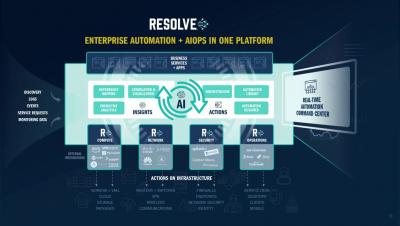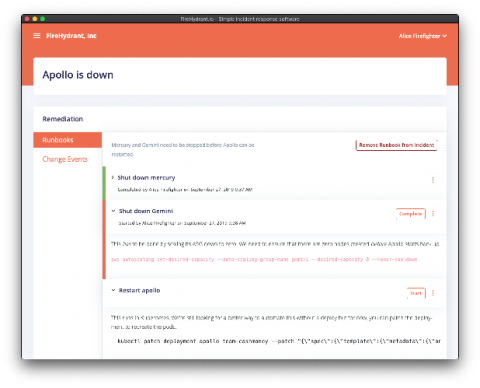Service Monitoring and You
Monitoring is an art form. That sounds cheesy and lazy, but the right kind of monitoring is very context-dependent and rarely does the same practice work across multiple pieces of software or people. This gets even harder when you think about modern software architectures. Microservices? Container schedulers? Autoscaling groups? Serverless? ${New-technology-that-will-solve-all-of-my-problems-but-probably-creates-other-problems}?











